![]()
![]()
![]()
Use LEFT and RIGHT arrow keys to navigate between flashcards;
Use UP and DOWN arrow keys to flip the card;
H to show hint;
A reads text to speech;
31 Cards in this Set
- Front
- Back
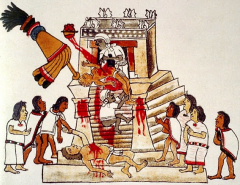
|
- an Aztec codex, - Created?
|
|

|
Pedro De Gante − Influential?
|
|
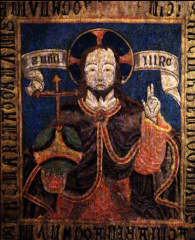
|
Amantica (Feather Artists): Feather Mosaics
|
|
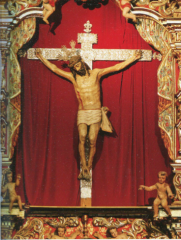
|
• THE CHRIST OF TELDE
|
|

|
• Date Stone carved for the Façade of the church of Nuestra Senora de la Asuncion Eagle Warrior with Diadem, 1591:
|
|
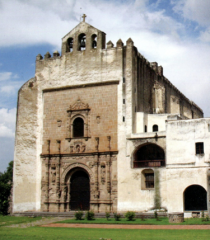
|
• Church of San Agustin, Acolman (Mexico), facade completed 1560− Displays?
|
|
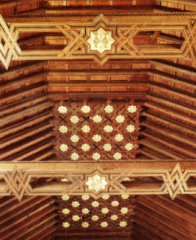
|
• Cathedral of Tlaxcala artesonado ceiling. Tlaxcala, Mexico.
|
|
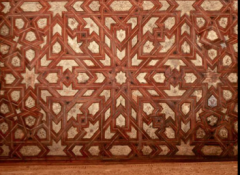
|
Alhambra artesonados. Wood and Gold. Granada, Spain. − Influenced?
|
|

|
Simon Pereyns, Andres de Concho, Pedro de Requena Retablo Huejotzingo St. Michael (San Miguel), 1584-88, Huejotzingo, Puebla − Retablo?
|
|

|
Fray Diego Valadés ( Tlaxcala , 1533 - − Fray Diego Valades
|
|
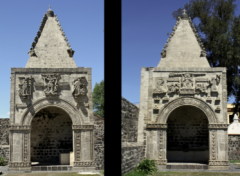
|
North and East faces of the San Miguel Posa Chapel, Mission Church of San Andrés Calpan, c. 1550. − Traced?
|
|
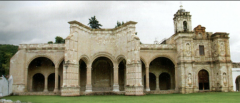
|
THE OPEN CHAPEL -- − Financed altarpiece because of Teposcolula’s prosperity |
|

|
THE OPEN CHAPEL -- − Built on the site of a pre-Hispanic temple & plaza |
|
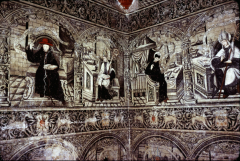
|
Doctors and Saints: Murals of the stairwell. Convent of San Nicholas, Actopan, Hidalgo. 1574
|
|
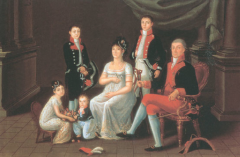
|
Peninsulare with wife and children; the children are Creoles
|
|
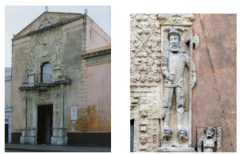
|
Mannerist Façade: Casa de Moteja Merida: Yucatan, 1549 |
|

|
Important mural found inside the Casa del Dean in Puebla -- − Narrate humanity’s victories over earthly passions |
|
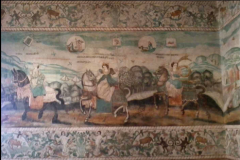
|
Important mural found inside the Casa del Dean in Puebla
|
|
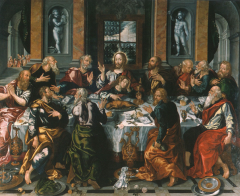
|
The Council of Trent
|
|
|
Late 16th and early 17th Century Spanish Colonial Painting Influenced by: |
− Church Patronage
|
|
|
Alonzo Vasquez (1565 – 1608) |
− brought Seville style & influence to Spain in 1603 |
|
|
Three European born and educated immigrants dominated painting in the Late 16th Century |
− Practicing a Reformed Mannerism
|
|
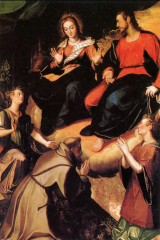
|
The Vision of Saint Francis at the Porziuncola: Baltasar de Echave Orio, 1609.
|
|
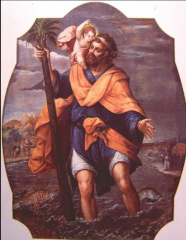
|
Saint Christopher with the Christ Child, Simon Pereyns, 1588; Mexico City Cathedral -- − Simon Pereyns |
|

|
Saint Cecilia by Andres de la Concha, Mexico City
|
|
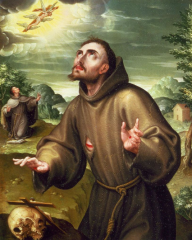
|
Saint Francis Receiving the Stigmata: Alonso Lopez de Herrera
|
|

|
The Incredulity of Saint Thomas; Sebastian Lopez de Arteaga; 1643 -- − Incredulity of St. Thomas |
|

|
Puebla Cathedral, Puebla, Mexico 1575 – 1690; Francisco Becerra |
|
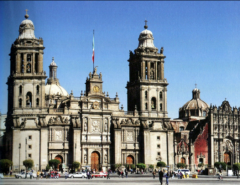
|
Mexico City Cathedral, 1573 – 1817; Claudio de Arcineiga
|
|
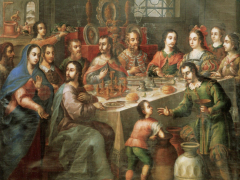
|
Juan Correa; The Miracle of the Wedding at Cana; 1689 -- − The Miracle of the Wedding at Cana |
|
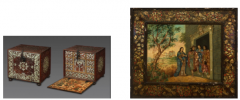
|
Enconchado; “Farewell of the Virgin and Joseph to the Virgin’s Parents,” Mexico, 17th century --
|

